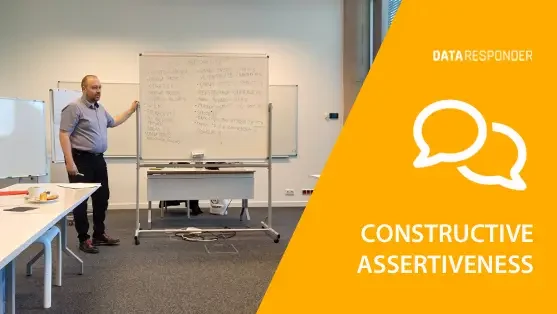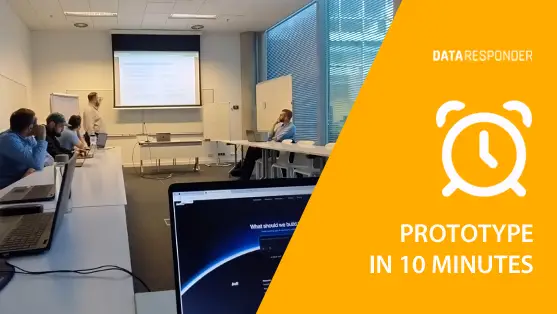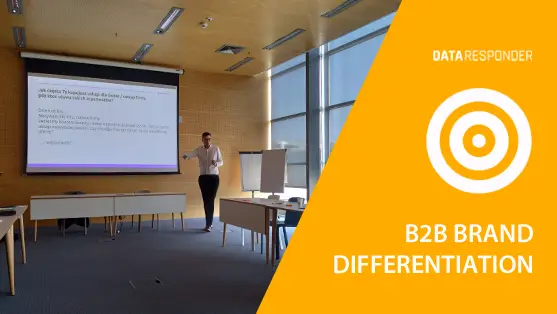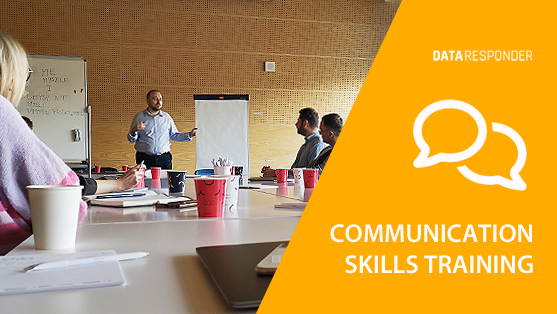Introduction
Participating in the “Intensive Training in Constructive Assertiveness“, organized by the Pomeranian Science and Technology Park Gdynia and led by Arkadiusz Naruk, offered an opportunity to reflect on how we communicate daily – with team members, managers, business partners, and clients. Here we share a few key reflections and practical tips to support healthier, more conscious communication at work.
Assertiveness Is Not a Trait – It’s a Set of Skills
Assertiveness isn’t something you’re born with or without. It’s a set of habits, attitudes, reactions, and beliefs that can be practiced, developed, and refined. Every step toward being more assertive means changing deeply ingrained behaviors, often rooted in childhood.
What Usually Blocks Assertiveness?
- Trying to read the other person’s mind
- Fear of the other person’s reaction
- Low self-confidence
- Fear of the unknown or potential conflict
These factors often push us into either passive or aggressive modes – abandoning assertiveness, which means respecting both our own and others’ boundaries.
You’re Responsible for 50% of the Conversation
In professional relationships, we can’t control everything. But we do have full responsibility for how we express ourselves and respond to others. Instead of trying to manage the other person’s emotions or expectations, focus on your own attitude: clarity, calm, and honesty.
Emotions Are Information – Not the Enemy
In the workplace, we’re often encouraged to “leave emotions at the door.” But emotions don’t just disappear – they transform and can resurface as tension, frustration, or passive resistance. The ability to recognize emotions and express them constructively is a core part of assertive communication.
A Practical Tool: The Empathetic “No”
One tool that really stood out during the training is the empathetic refusal model – perfect for difficult situations where you need to say “no” without causing conflict:
- Acknowledge the other person’s need
- Clearly say “no” with a reason
- Offer an alternative if possible
- Restate your position
- Step back calmly
This approach combines honesty and respect. It shows that you can say “no” without guilt and without damaging relationships.
How to Apply This at Work?
- Instead of avoiding a conversation – prepare for it. Practice your position, write down your arguments and alternatives.
- Instead of reacting impulsively – pause. Reflect on what you truly feel and want to achieve.
- Instead of suppressing frustration – name it and explore the cause. Emotions are signposts – follow them.
- Instead of assuming what the other person thinks – ask them. This saves time, energy, and misunderstandings.
Conclusions
Assertive communication doesn’t mean being “nice” at all costs, nor being dominant. It’s the art of expressing yourself with respect for yourself and others. In a fast-paced professional environment, it’s a skill that helps avoid unnecessary tension, builds trust, and shortens the path to results.
We encourage you to practice – step by step – and treat assertiveness not as a goal but as an ongoing process of building mature and honest professional relationships.








